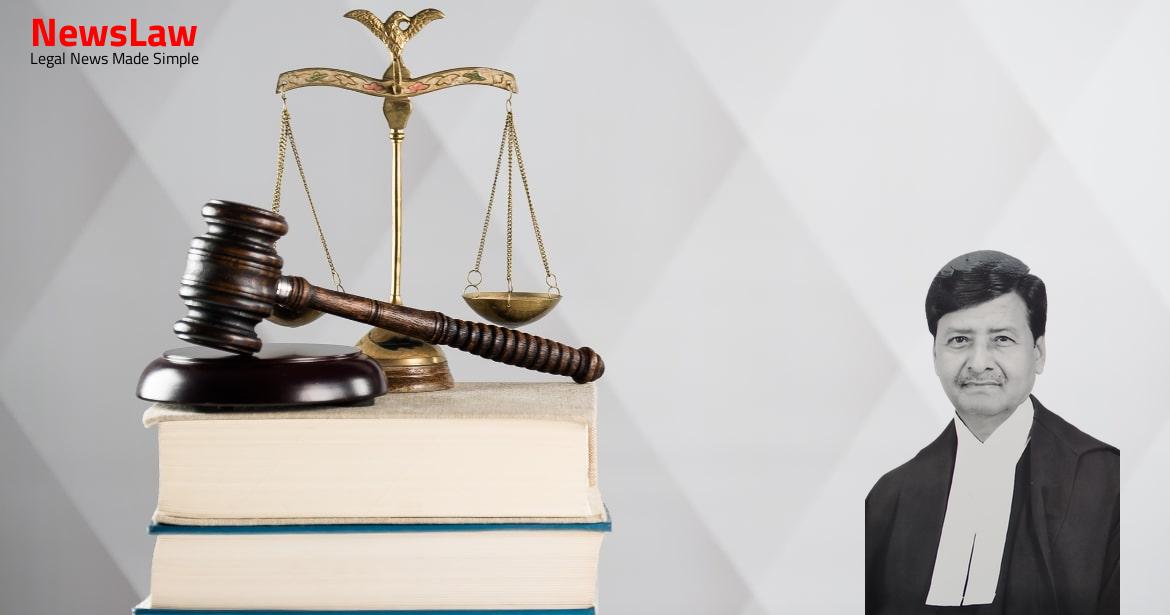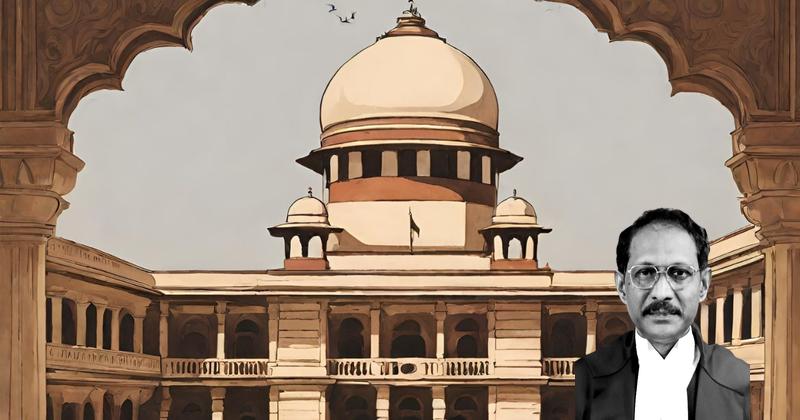Haseen, aged about 7 years, was the son of Bisarat, (PW-1), a resident of village Akbarpur. PW-1, Bisarat moved an application under Section 156(3) Code of Criminal Procedure (hereinafter “Cr.
Also Read: https://newslaw.in/supreme-court/legal-analysis-of-claim-for-loss-of-profit-in-delayed-contract/
He was told by Sayeed Ahmad (PW-3) and Murad Ali (PW-2) that they had seen A-3 Husn Jahan taking deceased boy Haseen into her house on 08.10.1999 at about 3.30 PM.
The complainant stated that on 12.10.1999, he was told by the witnesses that on 8.10.1999, the third appellant, A-3 Husn Jahan, was seen taking the child inside her house, and on 9.10.1999 at 6 AM, the child was seen along with accused Jabir and Jakir. Further, it was submitted that the testimonies of witnesses were that the accused’s role was not known to PW-1 and others on 10.10.1999, but this was not reflected in the inquest report. It was submitted that PW-4’s testimony was unreliable, because he recorded his police statement after two months, and as per his admission, though he had seen the deceased in the first two appellants’ company and informed PW-1 about this as early as on 12.10.1999. It is argued that the “last seen” theory is, on the face of it, an after- thought and concocted in as much as PW7 Mansab stated before the court that PW2 Murad Ali, Sayeed Ahmad PW3, and PW4 Suleman, who all were closely related to the deceased child, were present at the time of inquest proceedings held on 10.10.1999, yet they for the reasons best known to them kept silent for 2 days and for the first time informed Bisarat PW1, only on 12.10.1999.
It was urged that there was reason for the witnesses to cook up a false story against the appellants because in the year 1996, Munfaid, father of the appellants had lodged an FIR against Murad Ali (PW-2), Phurkan and Shamshad under Section 307, 452, 504, 506 IPC and they were prosecuted.
Counsel also stated that this court has to be watchful and avoid the danger of allowing the suspicion to take the place of legal proof for sometimes, unconsciously it may happen to be a short step between moral certainty and legal proof.
Learned counsel appearing on behalf of the state argued that this court should not disturb the concurrent findings of the trial court and the High Court. It was also submitted that the cumulative effect of the depositions of PW- 4 and PW-5 was that the deceased boy was seen last, in the company of the first two accused, early morning near the place where his body was discovered subsequently. Counsel for the state relied on the testimonies of PWs 2 and 3 to contend that they had deposed convincingly that the third appellant was last seen holding the deceased boy’s hands on 8.10.1999. PW-2 claims to have informed this to PW-1 on 10-10-1999 at 12:00 p.m., before the deceased’s body was found (i.e., at 01:00 p.m.).
PW-3, who claimed to have witnessed Husn Jahan holding the deceased’s hand on 8.10.1999, informed PW- 1 about noticing this on 12.10.1999, (since he had gone to visit his son to Bijnor, during the intervening period). It is also unnatural that since the prosecution- and PW-1’s allegation is that the accused had a previous enmity with him, PW-5, a close relative, was neither surprised nor did anything to intervene when he saw the boy in the company of the first two appellants. PW-4 was a resident of Akbarpur; if he went out to answer the call of nature, at 6 AM or so in the morning, and returned home immediately, there is no explanation how he knew that the accused were standing at a specific spot, in another village, Narayanpur, with the deceased. In fact, the improbability of the witness’s ignorance of the fact (that Haseen was missing) is evident, if one considers the testimony of PW-1 who deposed: “Firstly, we searched him in the village, we also got made proclamation on the same day in the evening.” PW-2 Murad Ali’s father was the brother PW-1 Bisarat.
If these facts are true, there is no explanation why PW-1 (as well as other witnesses, such as PW-2, and PW-3) did not mention about the involvement of Husn Jahan, at least in the inquest proceedings.
The circumstantial evidence, in order to sustain conviction, must be complete and incapable of explanation of any other hypothesis than that of the guilt of the accused, and such evidence should not only be consistent with the guilt of the accused but should be inconsistent with his innocence. 1047] Certainly, it is a primary principle that the Accused must be and not merely may be guilty before a court can convict and the mental distance between’may be’ and’must be’ is long and divides vague conjectures from sure conclusions. These five golden principles, if we may say so, constitute the panchsheel of the proof of a case based on circumstantial evidence.” These panchsheel precepts, so to say, are now fundamental rules, iterated time and again, and require adherence not only for their precedential weight, but as the only safe bases upon which conviction in circumstantial evidence cases can soundly rest.
If benefit were to be given to PW-1’s statement, and he were to be believed that the police did not take any action, till he applied under Section 156 (3) his conduct, in not stating anything during inquest proceedings, despite being informed about the facts, by PW-2, PW-3 and PW-4, that about seeing the boy in the company of A-3 Husn Jahan, on 08-10-1999, and later, on the early morning of 09-10-1999, undermines the prosecution story. Likewise, if the prosecution version that there was a previous enmity or grudge on the part of the accused, which constituted a motive to kill the child, is correct, the conduct of PW-4 and PW-5 in not taking any steps to ensure the safety of the child, when they saw him in the company of the accused, is unnatural. 14’s evidence, even assuming that the deceased did accompany the accused in their vehicle, this circumstance by itself does not lead to the irresistible conclusion that the Appellant and his companion had killed him and thrown the dead body in the culvert. In other words, a conviction cannot be based on the only circumstance of last seen together. The conviction cannot be based only on circumstance of last seen together with the deceased.
The last seen theory comes into play where the time gap between the point of time when the accused and the deceased were last seen alive and when the deceased is found dead is so small that possibility of any person other than the accused being the author of the crime becomes impossible.”
Case Title: JABIR Vs. THE STATE OF UTTARAKHAND (2023 INSC 48)
Case Number: Crl.A. No.-000972-000972 / 2013



